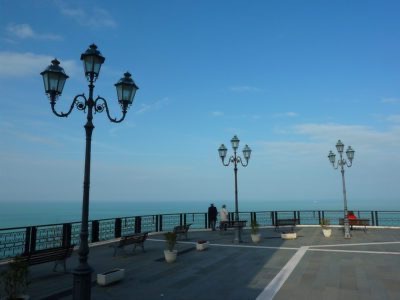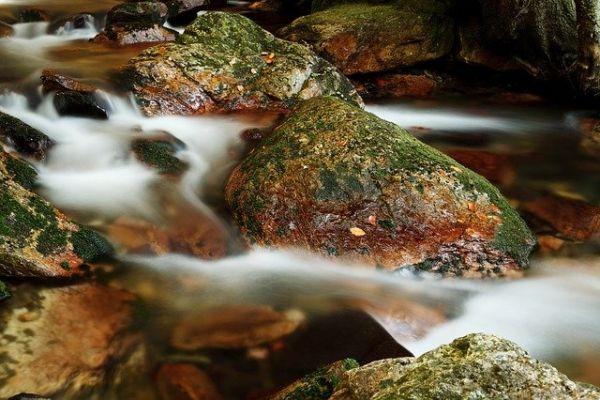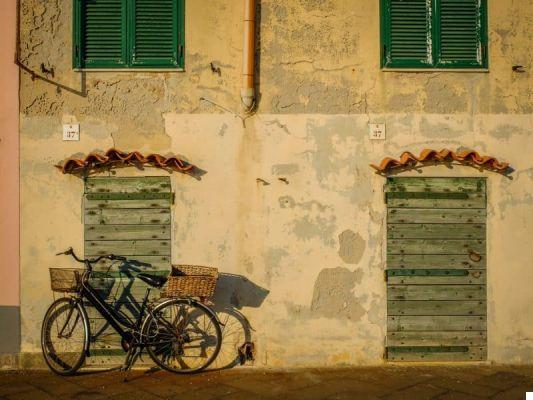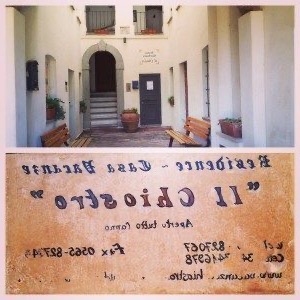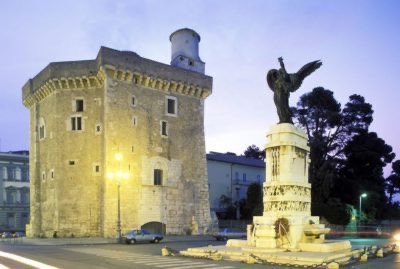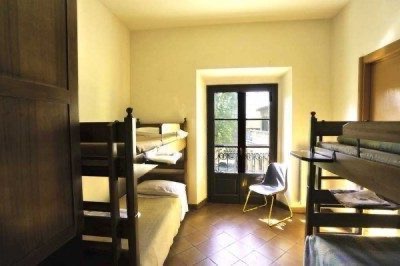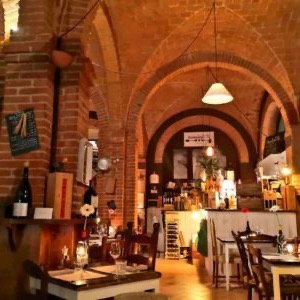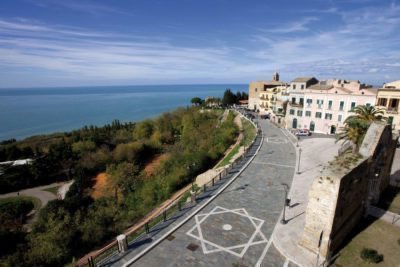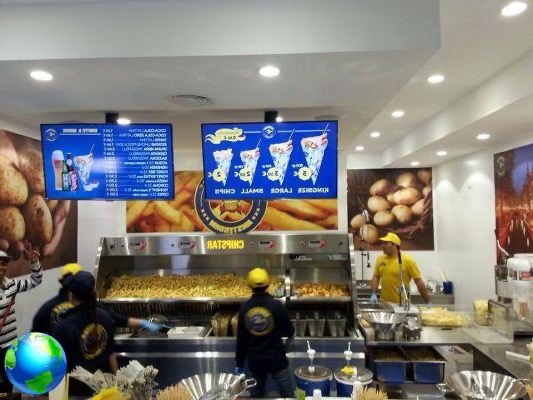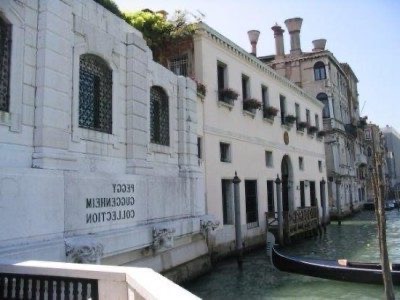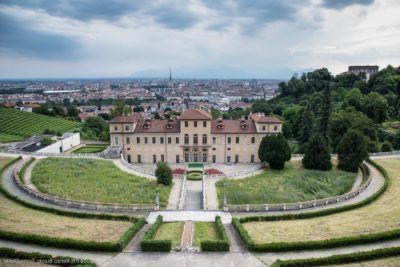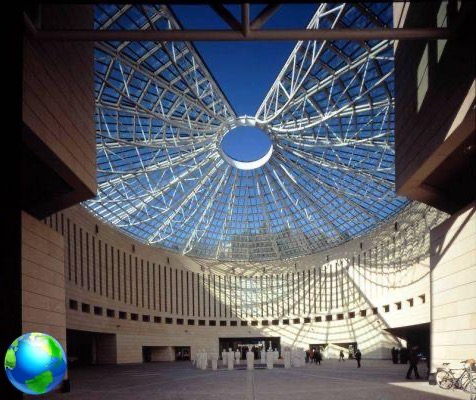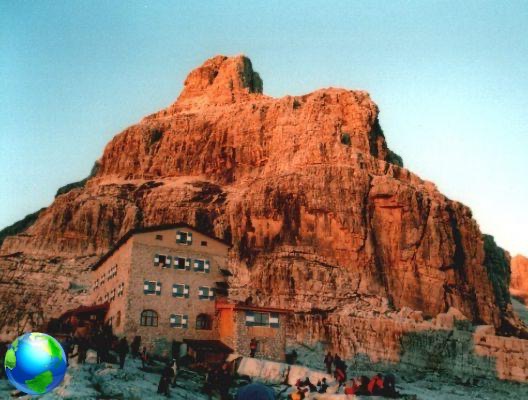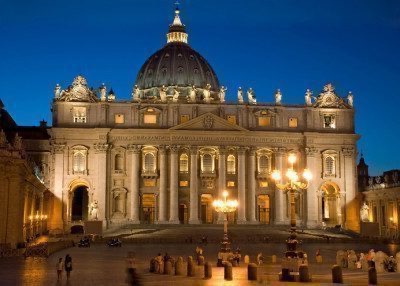
La Saint Peter Basilica as we see it today it was begun in the fourth century thanks to Nicolò V at the hands of Rossellino. During Nicolò V, however, only work was done for the new choir, the work resumed only 50 years later thanks to Julius II della Rovere. Giulio della Rovere resumed the work in 1503 when he became Pope, his biggest concern was where they would put his tomb. So in 1505 he commissioned a funeral monument to Michelangelo which, however, did not fit inside the old Basilica. Thus Nicolò V's projects were resumed and the work was entrusted to Twine. Pope Julius II had to choose between rebuilding the new Basilica and building the tomb by Michelangelo. Bramante was satisfied and Michelangelo fired.
The New Basilica of St. Peter begins to be built by Bramante in the early 1500s as we see it today. Bramante began to build a Greek cross plan where the width and length are identical. A square base representing man and a round dome representing the sky. An important piece of St. Peter's Basilica dates back to the beginnings of Bramante's work, they are the 4 curved pillars which serve to hold the dome and the 4 gigantic arches. In 1514, however, Bramante died and his project was upset by his successor. Work to complete St. Peter's Basilica they lasted 120 years, from 1506 1629, a very long work that has become proverbial.
Michelangelo Buonarroti he worked out the final project, more or less what we see. Many artists intervened to complete Michelangelo's project and when it was almost in the 600th century the facade and portico were completed, while Bernini completed the interior decorations, the canopy and chair of St. Peter. A curiosity: they are buried in St. Peter's Basilica 25 papi, the first was Gregory IX and in the Vatican necropolis there is also the tomb of St. Peter.
Le columns of St. Peter's Square they do not all have the same size, those more inside the square are narrower, while the outer ones are wider. Bernini wanted to keep the proportions and distances between the various columns constant and so he used this trick. Finally he wanted the columns to hide one behind the other looking at them from a certain angle of the square. The colonnade of San Pietro is composed of 4 rows of columns within which there are three lanes, in all there are 284 columns. The capital of the columns is Doric in style, the simplest of the styles used in ancient Greece. The statues of saints are located above the colonnade.
In the center of the colonnade, looking up to the right, there are the Vatican palaces, the official residence of the pope. Between 1200 and 1300 the first nucleus was built which will house the Vatican Palaces. There Sistine Chapel which takes its name from Pope Sixtus, was connected by Bramante at the request of Pope Julius II. On the roof of the Sistine Chapel the chimney most famous in the world, installed when the new Pope is to be elected. Sixtus V instead had the palace built where the Pope looks out every Sunday, the window is on the third floor, the second starting from the right.
But what is it inside St. Peter's Basilica? To enter the basilica, past the main facade, there are five doors: the door of death, the door of good and evil, the central door, the door of the sacraments, the holy door. The interior is divided into three naves by means of sturdy pillars on which large round arches, 23 meters high and 13 wide, open. The floor area is 15.160 square meters. The central nave is 90 meters long, 26 meters wide and about 45 meters high. It is covered by a large barrel vault and culminates behind the colossal Canopy of St. Peter, in the monumental Chair. The famous one is located in the first chapel on the right Pietà by Michelangelo, the work of the master's early years.
The space below the dome is marked by the monumental Canopy of St. Peter, designed by Bernini and built between 1624 and 1633. Made with bronze taken from the Pantheon, is almost 30 meters high and is supported by four twisted columns. In the center, in the shadow of the canopy, surrounded by the immense space of the dome, stands the papal altar, called of Clement VIII, located on the exact vertical of the tomb of St. Peter.
The entrance to the Basilica is completely free, only the ascent to the Dome it costs € 5 or € 7 depending on whether you decide to take the lift or on foot.




